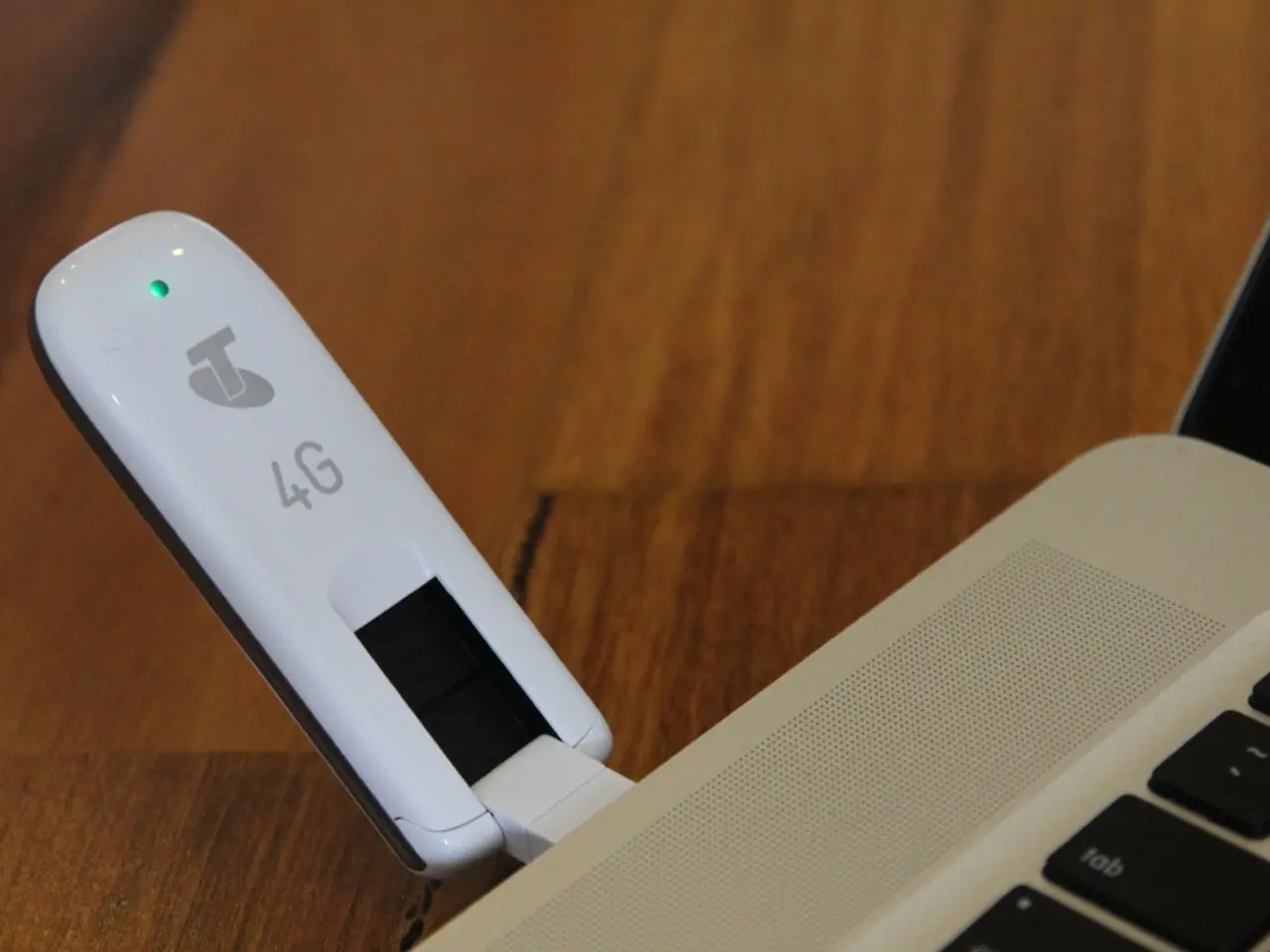Tech Strategies for Securing Your Digital Data
In today's digital age, safeguarding your data from malicious attacks has never been more important. Here are some key strategies to help you implement effective data security measures for your computers, phones, and tablets.
Strong Access Management
To ensure access control, consider implementing Identity and Access Management (IAM) frameworks. These systems allow you to set clear access controls based on user roles and data sensitivity. Additionally, enable multi-factor authentication (MFA) on all devices and accounts to add extra verification layers beyond passwords.
Strong Passwords and Authentication
Create unique, strong passwords for each account or device, and use two-factor authentication (2FA) wherever possible, especially on mobile devices.
Encryption
Encrypt sensitive data both at rest and in transit to make it unreadable by unauthorized users in case of device loss or interception. On mobile phones and tablets, enable device-level encryption features so that stored data is secured if the device is stolen or lost.
Secure Network Usage
Avoid using unsecured public Wi-Fi networks or always connect through a Virtual Private Network (VPN) to encrypt internet traffic and reduce the risk of data interception. Use secure home or office Wi-Fi with strong WPA3 encryption and regularly update router firmware.
Endpoint Security
Equip devices with endpoint security software such as firewalls, antivirus, and intrusion prevention systems to block malware and unauthorized access. Keep all software, operating systems, and security tools updated regularly to protect against emerging vulnerabilities.
App and Software Controls
Install apps only from reputable sources and review permissions carefully before installation on mobile devices. Avoid installing untrusted software on computers and tablets; verify software integrity.
Regular Backups
Maintain regular backups of critical data from all devices. This ensures data recovery in case of ransomware attacks or device compromise.
User Awareness and Training
Educate users about common cyber threats like phishing, social engineering, and malware. Awareness is key to preventing risky behavior that enables attacks.
Governance and Policies
Document clear cybersecurity policies on data handling, device usage, and incident response. Ensuring everyone understands and follows these rules strengthens overall security.
By implementing these comprehensive steps, users can significantly reduce the risk of unauthorized access and cyber attacks on their devices. Remember, backing up data is crucial for data safety, as it allows for easy restoration in case of system crashes or hacking attempts. Regularly replacing old IT equipment with newer models for better security features and updates is also advisable.
When working remotely, be extra cautious and avoid accessing sensitive information on public Wi-Fi networks. Always use secure network connections and keep your devices and software updated to protect against emerging threats. Regularly check for software updates on all devices to keep them secure and up-to-date.
Revoke access for team members who no longer need it as soon as possible, and be aware of who has access to your data. Never leave your computer unlocked, and securely erase all data from old devices before disposal to avoid potential data breaches.
For additional resources and advice on protecting your digital information, check out our website. Create strong, unique passwords for each account and consider using two-factor authentication. Above all, never take chances with your data - it's worth protecting.
Implementing data-and-cloud-computing security requires a holistic approach encompassing strong access management, encryption, secure network usage, endpoint security, app and software controls, user awareness training, and appropriate governance and policies.
Cybersecurity is not a one-time task; regular updates and vigilance are essential to safeguard technology from emerging threats, so always keep your software, devices, and security tools updated.




